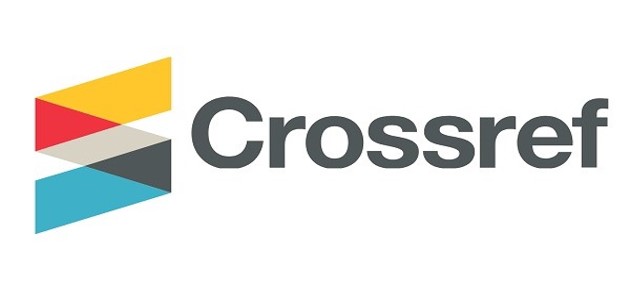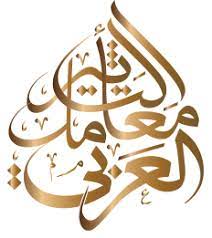The flashy poem in Arabic and Persian literature - a study in term and concept
DOI:
https://doi.org/10.36317/kaj/2022/v53.i1.10247Keywords:
Poem Wamda, Arabic literature, Persian literature, short poemAbstract
Arabic literature knew the short poem with a few verses, as well as muqata'ah and muwashahat, as well as Persian literature that contains syllables, quatrains and dualities, and poets tried many methods in different eras until this reached our present. There was “free” poetry, “prose poetry” and “parasite poetry”. In Arabic literature, “Nami poetry”, “speed” and “no poetry” in Persian literature, the search was for poets to reach the poem that is in harmony with the taste of the recipient in our present time, and many poets rose up in the old style until we reached the style of a poem. Al-Wamda, a poetic text that came with the requirements of the era of speed, although the roots of this poem extended to the Arab and Persian heritage and its idioms varied with the multiplicity of poets who tried to change and bring about new things, from al-Sayyab, conflict, Adonis, al-Bayati and others, to al-Manasra and Ahmad Matar in Arabic literature, and from Nima Yoshij and Shamlu And Sohrab. , Farah Zad, and others, even Hosseini and Caesar Amin, many texts are hidden in their folds, which left the reader contribute to deciphering many of these spells and connotations, and making him a maker. For event, interaction and discovery. So this interest was a quick poem.
The emergence of this term was not easy, whether in Arabic or Persian literature, as there were many opinions about the origin of this style, so some in literature argued that it was a product of the influence of the West at times and the East at other times, and others said that it is rooted in all literature.
Downloads
Downloads
Published
How to Cite
Issue
Section
Categories
License
Copyright (c) 2022 THAER HBTAR ATI ALMOHAMMD, Bahar Siddiqui, Ali Kate Al-Basri

This work is licensed under a Creative Commons Attribution 4.0 International License.



















